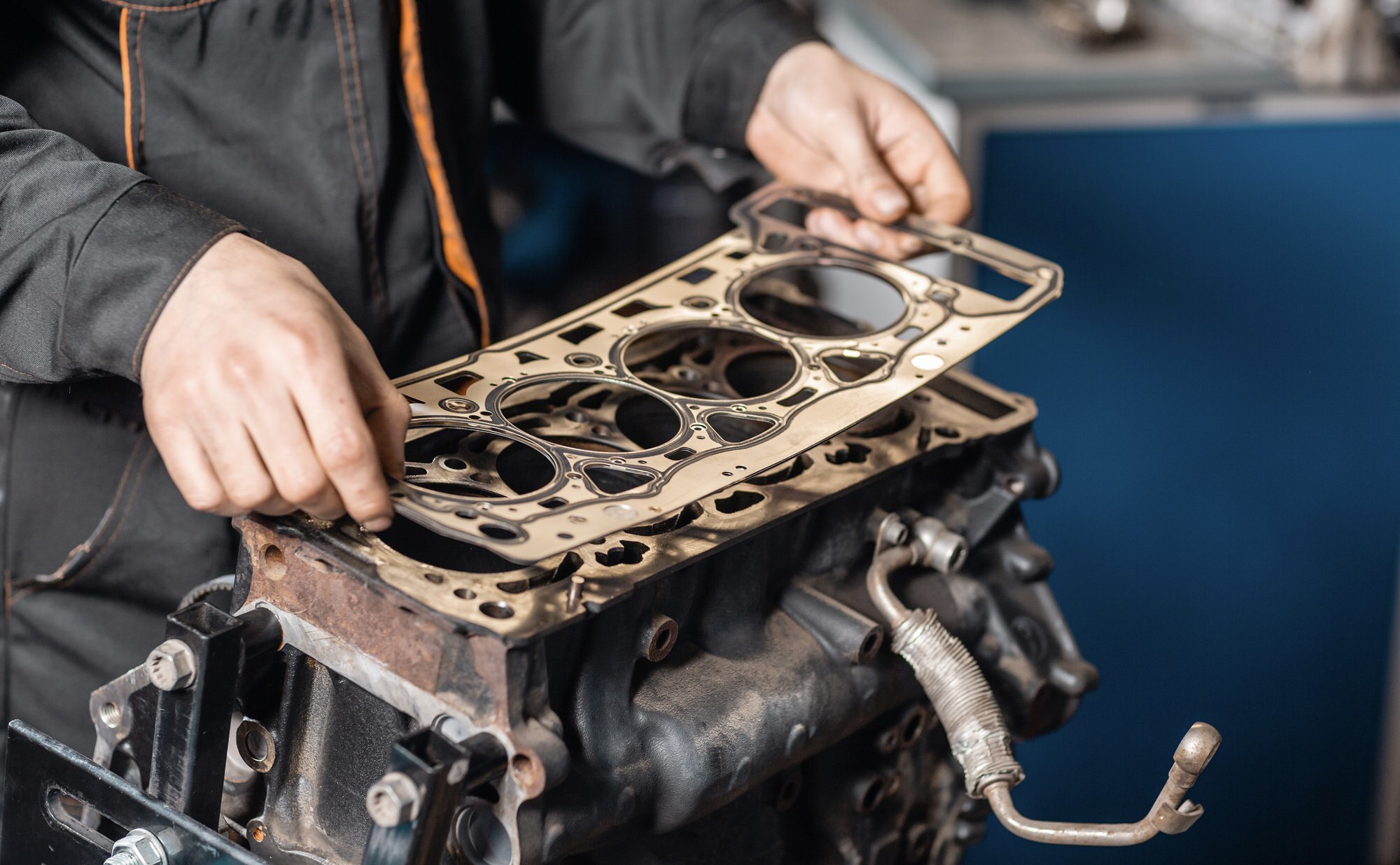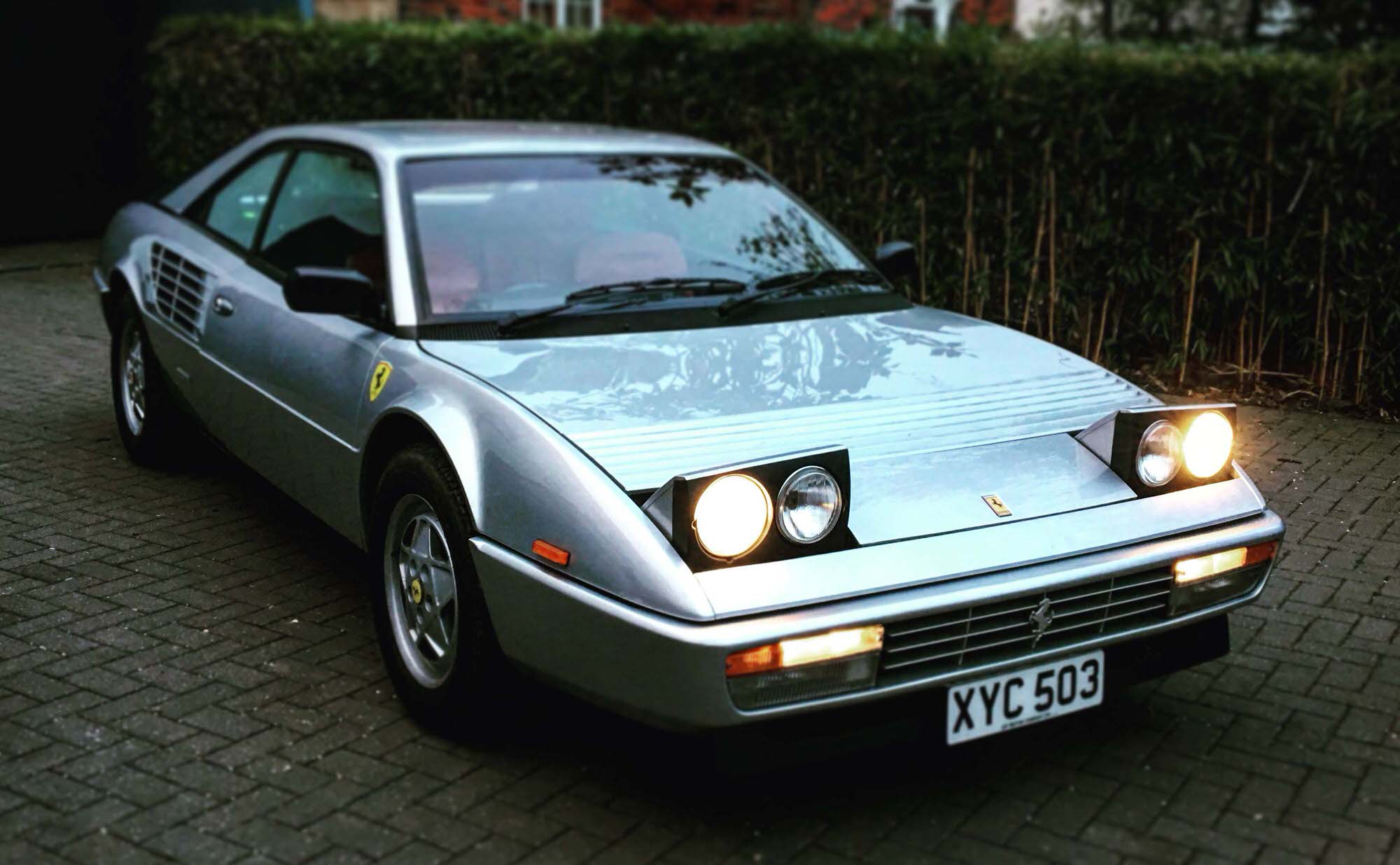Recalls happen for all sorts of reasons. Sometimes, it is a minor issue that you wouldn't even notice. Other times, it's something that should be taken care of ASAP.
Everyone knows they need to have their oil changed when the windshield sticker date comes or the instrument panel’s oil light comes on, but do you know why? And did you know that there are options for you to choose from? Read about the most important basics of oil changes in this week’s Need to Know:
What is an oil and filter change?
Simply put, we drain all of the dirty motor oil from your car’s engine and replace it with fresh new oil. The oil filter is replaced at the same time.
How often should I change my oil?
Every car is different and every driver is different, but a good rule of thumb is to change your oil every 5000 Kms or every 6 months, which ever comes first. We always put a sticker on your windshield with the suggested date and odometer reading for your next oil change, and many modern cars have an indicator of oil health on the instrument panel.
Why do I have to do this?
1. Oil undergoes thermal breakdown due to high operating temperature. When this occurs, the oil becomes less effective as a lubricant. And without a good lubricant, parts of the engine rub together and wear each other out.
2. Oil also contains additives that have the ability to neutralize acids. Over time, these additives get used up and stop being effective.
3. Finally, oil can absorb water, dust and combustion byproducts and also hold them in suspension. Eventually, the oil gets saturated with this stuff and can’t absorb any more. Then that stuff remains in the engine and can cause corrosion.
What if I don’t change my oil?
Think of an oil change as an insurance policy against future repairs. Clean oil keeps your engine running smoothly and prevents premature wear. Oil changes are relatively inexpensive, and compared to the cost of rebuilding your engine in the future, it can be the highest value piece of regular maintenance you do on your vehicle.
Is synthetic oil worth the extra cost?
Some cars require full synthetic oils, and regular oil should not be used. Switching to a full synthetic oil on a vehicle that does not require it often does not provide any discernible improvements in performance that would be worth the high cost of the oil. Most ‘regular’ oil is a synthetic blend, which provides excellent lubrication and protection.
What about between oil changes?
All you need to do between changes is check the oil level. With your car parked on a level surface, remove the oil dipstick, wipe it clean, then reinsert it. When you pull it out it you can see the oil level. If it reads a bit low, you can top it up by adding oil to the crankcase. You should keep a quart of oil in your trunk just in case and you can find the correct grade to by checking the grade on the engine cap or in the car manual.
Are you due for your regularly scheduled oil change? Give us a shout and we can set you up with an appointment right away.




